The Science of Skateboarding: Physics Behind the Tricks
12 April 2025
Skateboarding isn’t just about style, guts, and raw talent—it’s also a showcase of some pretty cool physics principles in action. Every kickflip, ollie, and grind is packed with forces, motion, and balance. Whether you're a seasoned skater or just a curious observer, understanding the science behind the tricks can give you a whole new appreciation for the sport.
Let’s break down the physics behind skateboarding’s most iconic moves and see what makes them possible. 
Newton’s Laws: The Backbone of Skateboarding
Before we dive into specific tricks, we need to talk about Sir Isaac Newton—the guy whose work basically explains everything about motion. His three laws of motion are at play every time a skateboarder pushes off, flips their board, or lands a trick.1. Newton’s First Law (Inertia)
Ever noticed how once you’re rolling on a skateboard, you keep going unless you actively stop? That’s inertia—an object in motion stays in motion unless acted on by an external force.- When you’re cruising down the street, friction from the ground and air resistance will eventually slow you down.
- But if you drop into a ramp, gravity helps maintain your motion.
Without external forces like friction and gravity, we’d keep rolling forever!
2. Newton’s Second Law (Force = Mass × Acceleration)
This law explains why skaters adjust their force when popping tricks. The harder you push or pop your board, the higher or further it moves.- A strong push sends you flying faster down a ramp.
- A harder pop gives your ollie more height.
Every trick is a calculation of force—whether you realize it or not!
3. Newton’s Third Law (Action & Reaction)
For every action, there’s an equal and opposite reaction. This is why when you kick down on the tail of your board, it pops up—sending you airborne in an ollie.- Your foot applies downward force, and the board reacts with an equal force upwards.
- This principle plays a role in every flip trick, manual, and grind.
Now that we’ve covered the basics, let’s apply these physics principles to some of skateboarding’s most famous tricks. 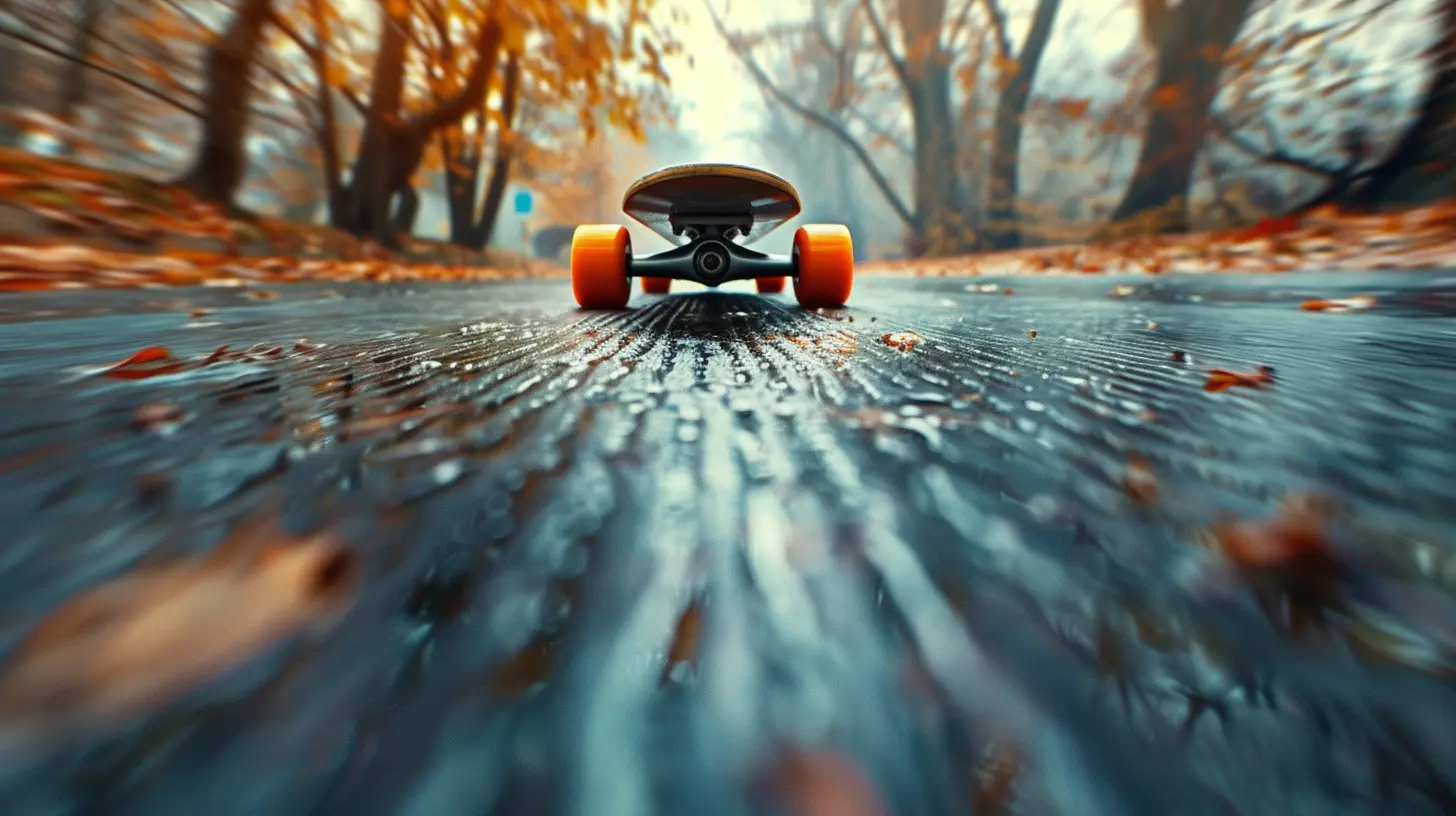
The Physics of an Ollie: The Foundation of Skateboarding
The ollie is the gateway to almost every advanced trick. It’s what allows skaters to get airborne without grabbing their board.How Does It Work?
1. You slam the tail of the board down against the ground, creating an upward reaction (Newton’s Third Law).2. Simultaneously, you slide your front foot up the board to level it out, distributing the force evenly.
3. As the board lifts, your body follows, creating a seemingly effortless jump.
Why Does the Board Stick to Your Feet?
It looks like magic, but it’s all physics! The friction between your shoes and the grip tape, plus the board’s upward movement, keeps it "stuck" to your feet in mid-air.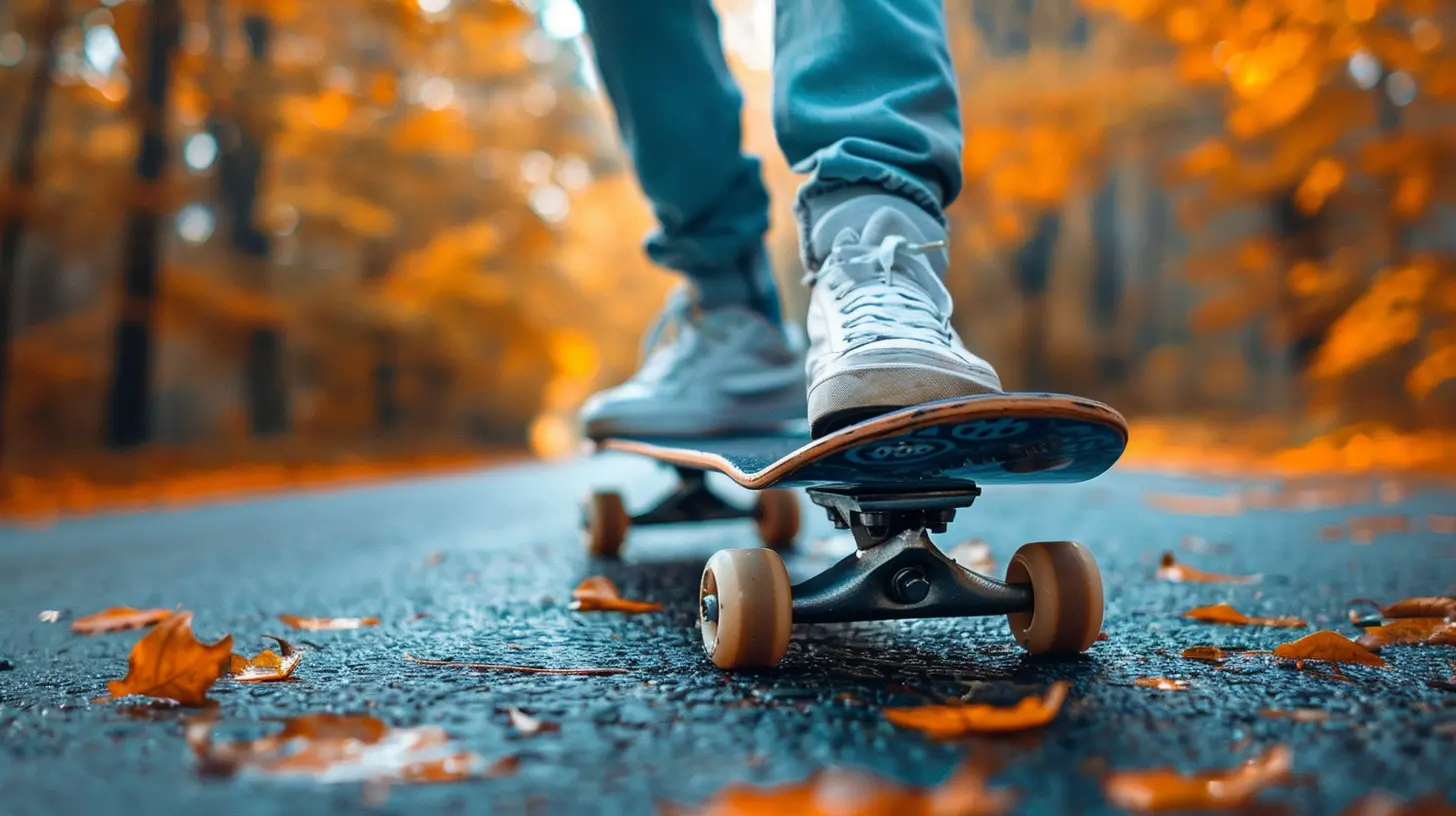
Kickflips & Heelflips: A Physics-Fueled Spin
Now that we’ve got the ollie down, let’s add some spin. A kickflip or heelflip is essentially an ollie with an added flick to make the board rotate.The Science Behind the Flip
- As you ollie, you flick the edge of the board with your toe (kickflip) or heel (heelflip).- This creates a torque, which makes the board spin along its length.
- Gravity and air resistance work together to slow down and control the spin.
- You catch the board with your feet and land back on solid ground.
The key to a perfect flip is controlling the rotational force—too much flick and the board over-rotates, too little and it won’t complete the spin. 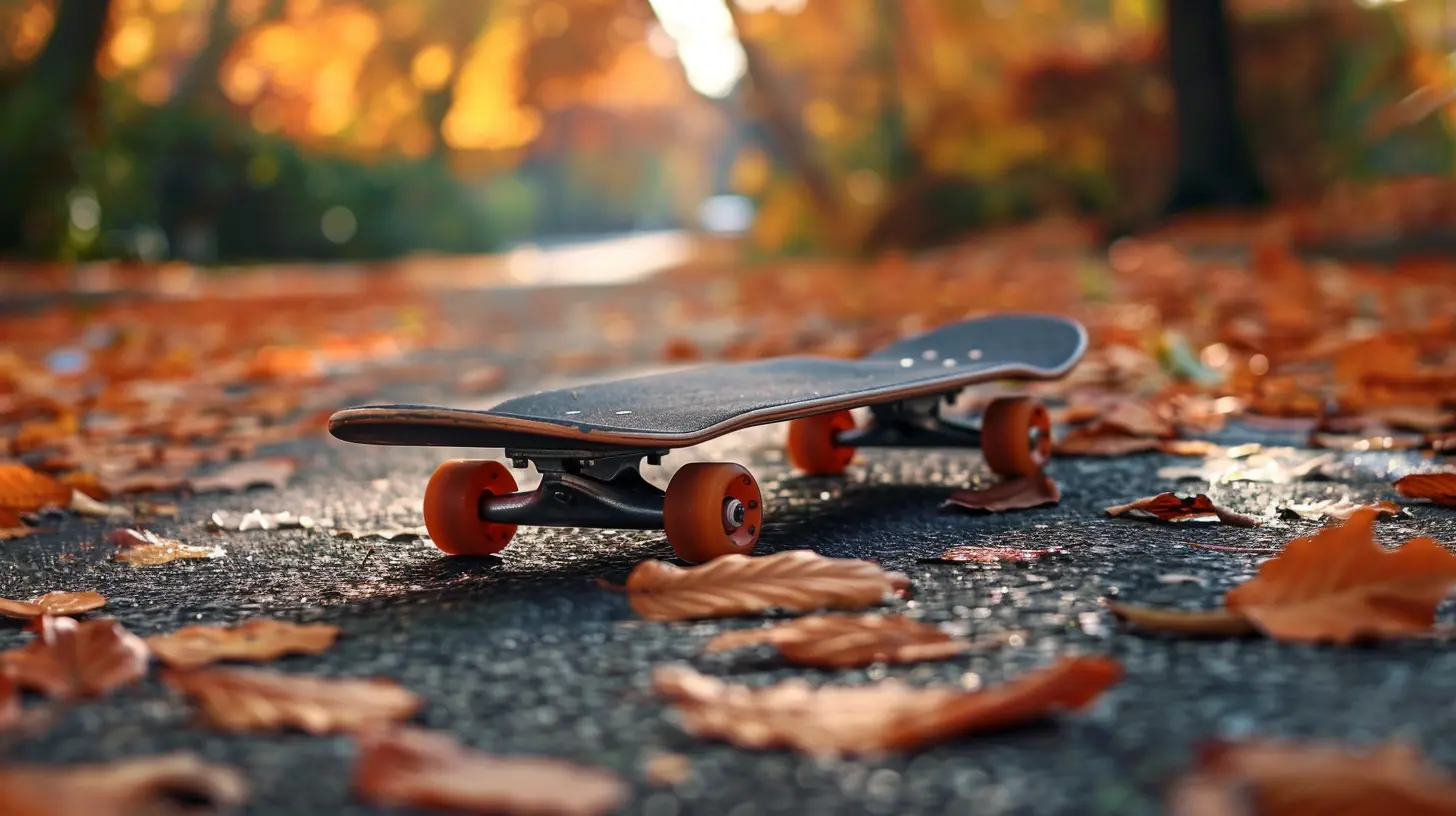
Grinding & Sliding: The Balance of Friction and Momentum
Ever watched a skater lock into a grind down a rail or a slide across a ledge? A perfect grind depends on friction, momentum, and balance.What’s Happening in a Grind?
1. You ollie onto the rail, positioning your trucks to lock in.2. Since your wheels are off the ground, there’s less rolling friction, allowing for a smoother slide.
3. Momentum carries you forward, while balance helps you stay locked in before landing safely back on the ground.
To reduce friction, skaters use wax to make sure they glide rather than stick. Too much friction slows you down—too little, and you might slip out!
The Power of Gravity in Vert Skating
Hit the skatepark, and you'll see skaters launching off massive halfpipes and soaring through the air. Gravity is both the challenge and the tool.When a skater drops in, potential energy (stored energy at the top of the ramp) converts into kinetic energy (motion). The steeper the ramp, the faster they go.
Airs and Re-Entry
- As you go up the ramp, kinetic energy turns into potential energy.- At the peak, for a split second, you experience weightlessness.
- Coming back down, gravity pulls you back, and kinetic energy takes over again.
This cycle repeats, allowing skaters to generate insane speed for big tricks.
Centripetal Force and the Physics of a 900
Let’s talk about Tony Hawk’s legendary 900—a two-and-a-half rotation spin in mid-air. The key to this trick? Centripetal force and angular momentum.1. The skater launches into the air, tucking in their arms to spin faster.
2. By pulling their body tight, they minimize moment of inertia, allowing for rapid rotation.
3. Spotting the landing is crucial—extending the limbs slows the spin just before re-entry.
The same physics apply to figure skaters and divers—they adjust their body position to control spin speed.
Why Some Tricks Are Harder Than Others: Torque & Timing
More complex tricks involve a mix of forces, requiring precision in torque, timing, and speed.- Hardflips combine a kickflip and a frontside shove-it, meaning two rotations are happening at the same time.
- Laser flips mix a heelflip with a 360 shove-it—double the spin, double the complexity.
- Casper flips flip the board upside down and back over, demanding multiple forces acting together in harmony.
The trickier the move, the more split-second physics calculations your brain (and body) are performing without you even realizing it.
Final Thoughts: Science Makes Skateboarding Even Cooler
Skateboarding isn’t just about shredding for fun—it’s a physics masterpiece in motion. The forces of gravity, friction, momentum, and torque all come together in a seamless dance every time a skater pops, flips, or grinds.So, next time you’re watching a skater land an unreal trick, remember—they’re not just athletes; they’re accidental physicists.
Physics and skateboarding go hand in hand—understanding the science behind the tricks can not only help you appreciate them more but might even make you a better skater too. Now, grab your board and go test out some of these principles in real life!
all images in this post were generated using AI tools
Category:
SkateboardingAuthor:

Nelson Bryant
Discussion
rate this article
7 comments
Luna Benton
Ah yes, because who needs real-life applications for physics when we can master the art of defying gravity on a skateboard? Priorities, am I right?
April 20, 2025 at 8:09 PM

Nelson Bryant
Haha, great point! Understanding physics enhances our skateboarding skills, making tricks not just fun but scientifically impressive too!
Seraphis Carey
What a fascinating read! It’s amazing how physics plays such a crucial role in skateboarding. Understanding the science behind those epic tricks makes them even more impressive! 🛹✨
April 17, 2025 at 4:52 AM

Nelson Bryant
Thank you! I’m glad you enjoyed it—physics truly adds depth to the artistry of skateboarding! 🛹✨
Starling Allen
Skateboarding: where gravity meets creativity! 🛹 Watching those tricks is like seeing physics throw a party—who knew science could look so cool while flipping and spinning? Let’s roll!
April 16, 2025 at 10:50 AM

Nelson Bryant
Absolutely! Skateboarding brilliantly showcases the laws of physics in action, making creativity and science a thrilling combination. Let’s keep rolling with those tricks! 🛹
Runehart Matthews
In every flick and flip, the dance of forces plays, Gravity whispers softly, while momentum sways. On wheels of freedom, art and science entwine, Skateboarding’s magic, where physics and passion align.
April 16, 2025 at 3:24 AM

Nelson Bryant
Thank you! I'm glad you enjoyed the exploration of how physics and passion come together in skateboarding. Your poetic take captures the essence beautifully!
Melissa Hodge
Absolutely loved this article! It’s amazing how physics plays a vital role in skateboarding, turning tricks into art. The blend of science and sport is mind-blowing! Can’t wait to hit the park and try some new moves! 🛹✨
April 15, 2025 at 5:01 AM

Nelson Bryant
Thank you! I'm glad you enjoyed the article. Have fun at the park and keep those tricks coming! 🛹✨
Scarlett McKibben
Ride the wave of physics!
April 13, 2025 at 8:06 PM

Nelson Bryant
Absolutely! Understanding the physics behind skateboarding can elevate your skills and enhance your enjoyment on the board. Keep riding that wave!
Nala Dodson
Skateboarding and science? Talk about a rad combo! Who knew physics could be so thrilling? From gravity-defying flips to gnarly grinds, it’s time to hit the board and let those equations ride with us!" 🛹✨
April 12, 2025 at 4:25 AM

Nelson Bryant
Absolutely! The fusion of skateboarding and physics makes every trick a thrilling demonstration of science in action. Let’s ride the wave of gravity and momentum together! 🛹💡
MORE POSTS

The History of Professional Boxing: From Bare-Knuckle Brawls to Modern Legends

How to Avoid Burnout and Keep Running Fun
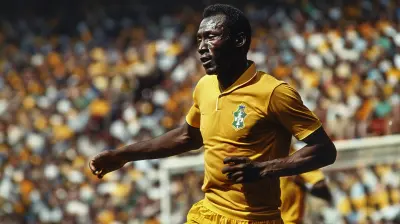
The Legacy of Pele: The King of Soccer
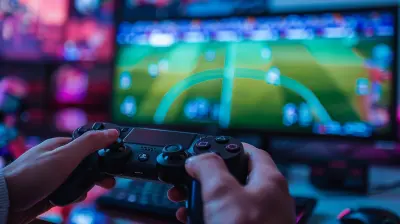
Boosting Your Sports Streaming Quality: What You Need to Know

Gentle Stretching for Yoga Beginners: Easy Poses to Start

The Impact of Stress on Athletic Performance: Cortisol, Anxiety, and the Athletes Mind